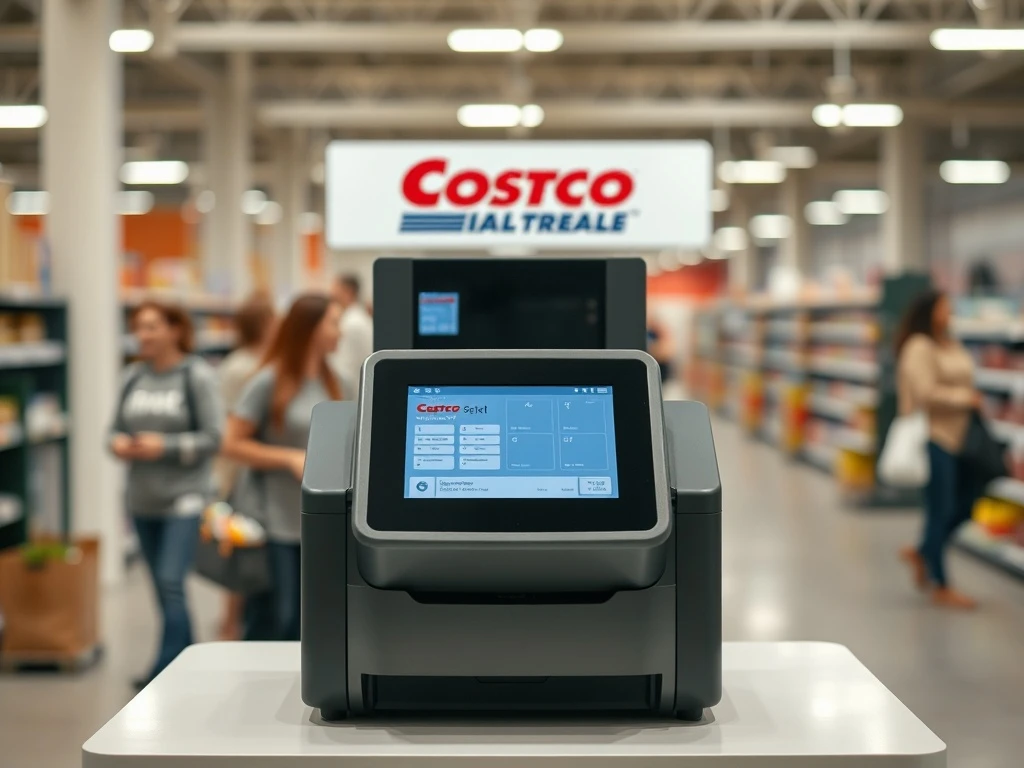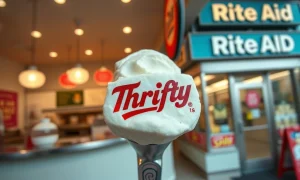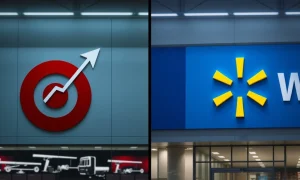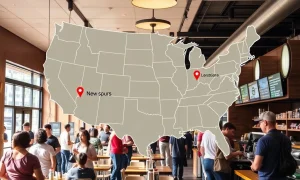For years, Costco members often faced a familiar challenge: long lines at checkout. Despite the allure of bulk savings and unique products, the wait could test patience. However, the retail giant has been quietly addressing a significant **Costco member problem**, particularly through enhancements to its self-checkout system. This strategic move aims to improve the shopping experience for millions, making visits more efficient and enjoyable.
The Evolution of Costco Self-Checkout
Costco first introduced self-checkout options in select warehouses years ago. Initially, these stations were met with mixed reactions. While some members appreciated the potential for speed, others found the process cumbersome. Common complaints included the need for employee assistance for every item, especially bulk purchases, and frequent interventions for approvals. This often led to queues at the self-service kiosks that were nearly as long as traditional lines. Furthermore, the limited number of self-checkout stations in many locations did not significantly alleviate overall store congestion. Clearly, the initial implementation needed refinement to truly address the underlying **Costco member problem** of long wait times.
Retail environments constantly evolve. Therefore, businesses must adapt to changing consumer expectations. Costco, known for its customer-centric approach, observed these pain points closely. They understood that a truly efficient self-checkout system was not just about installing machines. It required a comprehensive overhaul of the process, technology, and staffing. This commitment to improvement underscores their dedication to member satisfaction.
Addressing the Core Costco Member Problem
Costco’s recent efforts focused on key areas to streamline the self-checkout process. These changes, implemented gradually and without much fanfare, have made a substantial difference. They directly tackle the issues that previously frustrated members.
Key improvements include:
- Enhanced Scanning Technology: New scanners are more efficient and less prone to errors. This reduces the need for manual overrides.
- Optimized Layouts: Many stores have redesigned their self-checkout areas. This allows for better traffic flow and more space for members to manage their large carts.
- Increased Staff Training: Employees assigned to self-checkout zones now receive specialized training. They can quickly assist members with issues, ensuring smooth transactions.
- Streamlined Approvals: The system now requires fewer manual approvals for common items. This speeds up the entire process significantly.
These subtle yet impactful changes have transformed the self-checkout experience. Members can now complete their purchases more quickly. This efficiency directly addresses the long-standing **Costco member problem** of lengthy queues. Moreover, the improved system contributes to a less stressful shopping trip overall.
The Quiet Revolution: How Costco Implemented Changes
Costco’s approach to solving this **Costco member problem** was notably discreet. They did not announce a grand rollout or a new initiative. Instead, they opted for a phased implementation across their warehouses. This allowed them to test changes, gather feedback, and refine the system continuously. This iterative process minimized disruption while maximizing effectiveness. Furthermore, this quiet strategy is typical of Costco’s operational philosophy. They prioritize results and member value over splashy announcements. They simply made things better, letting members discover the improvements organically.
For example, some members noticed new, larger screens. Others appreciated the faster response times from staff. These small, incremental changes collectively added up to a significant improvement. It reflected a deep understanding of customer behavior and operational bottlenecks. Costco’s ability to execute such a widespread improvement without fanfare speaks volumes about its operational prowess and commitment to its members.
Benefits for Members and the Business
The improvements to **Costco self-checkout** offer tangible benefits for both members and the company. Members now enjoy a more convenient and faster shopping experience. This leads to higher satisfaction and potentially more frequent visits. Reduced wait times also free up members to explore more of the warehouse, potentially increasing impulse purchases. The overall perception of value enhances significantly when the entire shopping journey is seamless.
From a business perspective, the benefits are equally compelling:
- Increased Throughput: Faster checkouts mean more members can be processed per hour. This boosts sales volume.
- Optimized Labor: While self-checkout still requires staff, their roles shift from scanning to assisting. This optimizes labor allocation.
- Improved Customer Satisfaction: Happy members are loyal members. This strengthens the brand’s reputation.
- Reduced Congestion: Shorter lines improve the overall atmosphere of the warehouse. This creates a more pleasant shopping environment for everyone.
These operational efficiencies contribute to Costco’s bottom line. They reinforce its position as a leading retail innovator. The company continues to demonstrate its ability to adapt and enhance its services. This proactive approach ensures long-term success in a competitive market.
Looking Ahead: The Future of the Costco Self-Checkout Experience
While Costco has made significant strides in resolving a major **Costco member problem**, the evolution of retail technology continues. We can anticipate further enhancements to the self-checkout experience. This might include even more intuitive interfaces, advanced security measures, or even mobile payment integrations that further simplify transactions. Costco consistently invests in technology that supports its core mission: providing exceptional value and convenience to its members. Their ongoing commitment to innovation ensures that the shopping experience remains top-tier.
The quiet improvements to **Costco self-checkout** serve as a testament to the company’s operational excellence. They demonstrate a clear understanding of member needs. By addressing a long-standing frustration, Costco has not only improved efficiency but also reinforced its reputation for customer care. This commitment to continuous improvement solidifies its position as a retail leader.
Frequently Asked Questions (FAQs)
Q1: What was the main “Costco member problem” that was quietly fixed?
The main problem was the inefficiency and frustrations associated with the initial implementation of Costco’s self-checkout system, leading to long lines and frequent need for staff assistance.
Q2: How did Costco improve its self-checkout system?
Costco improved its system through enhanced scanning technology, optimized store layouts for self-checkout areas, increased and specialized staff training, and streamlined approval processes for purchases.
Q3: Are the self-checkout improvements available at all Costco locations?
Costco implemented these changes gradually across its warehouses. While most locations have seen improvements, the exact rollout timeline and extent of upgrades may vary slightly by store.
Q4: Does using Costco self-checkout save time now?
Yes, the recent enhancements to the Costco self-checkout system are designed to significantly reduce transaction times, leading to a faster and more efficient shopping experience for members.
Q5: Why did Costco make these changes quietly?
Costco often implements operational improvements without grand announcements, preferring a phased approach that allows for testing and refinement. This strategy minimizes disruption and focuses on delivering tangible results to members organically.
Q6: What benefits do these self-checkout improvements offer to Costco members?
Members benefit from faster checkout times, reduced waiting, a more convenient shopping experience, and overall increased satisfaction with their visits to the warehouse.
























